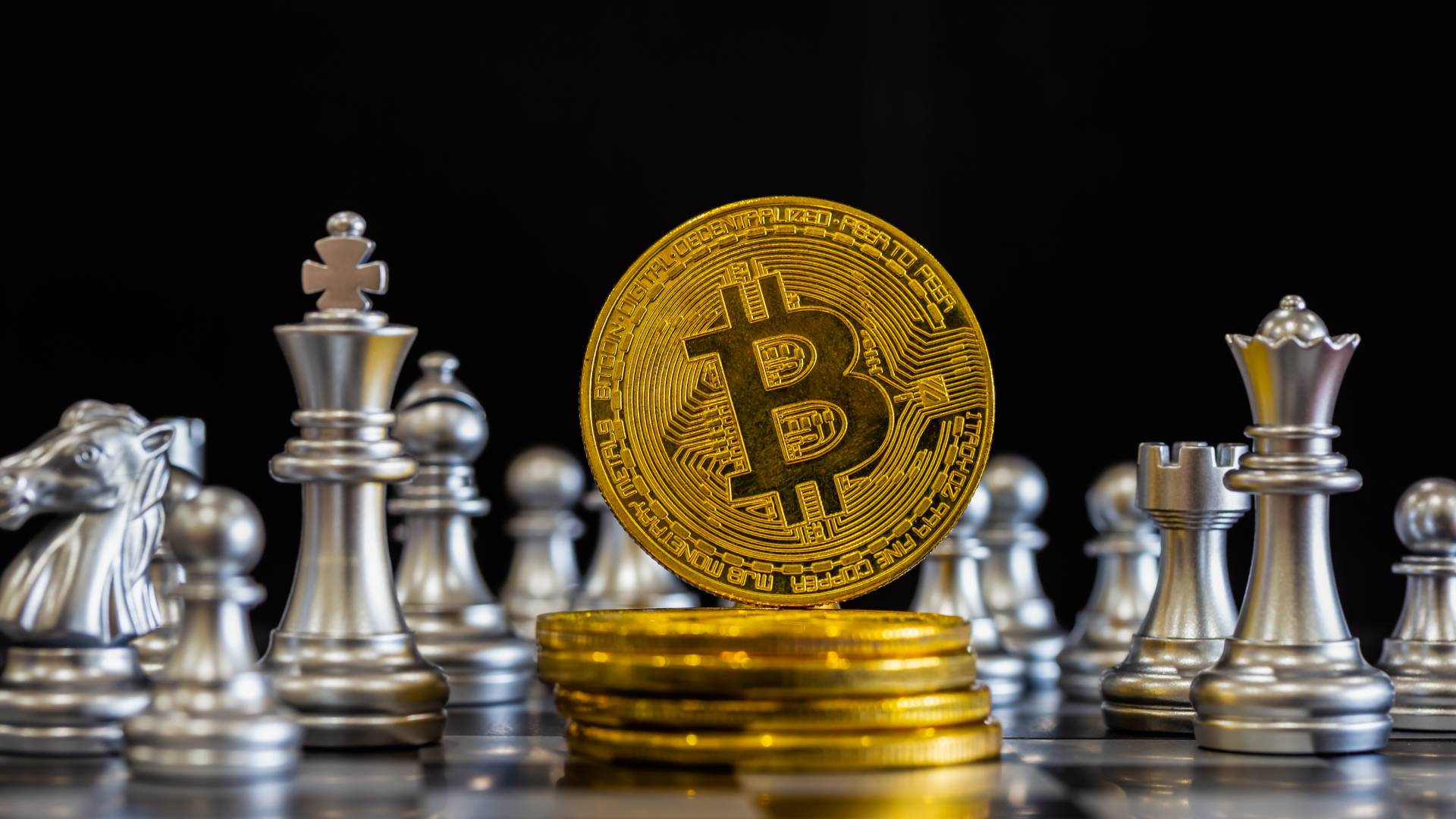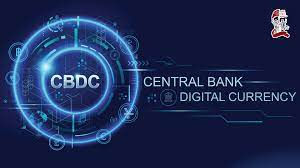DECENTRALIZED FINANCE: A PRIMER
- Leonard Tajeu

- Jun 24, 2021
- 5 min read

Cryptocurrency’s promise is to make money and payments universally accessible– to anyone, no matter where they are in the world.
The Decentralized Finance (DeFi) or Open Finance movement takes that promise a step further. Imagine a global, open alternative to every financial service you use today — savings, loans, trading, insurance, and more — accessible to anyone in the world with a smartphone and internet connection.
The core benefit of DeFi is easy access to financial services, especially for those who are isolated from the current financial system. Another potential advantage of DeFi is the modular framework it is built upon - interoperable DeFi applications on public blockchains will potentially create entirely new financial markets, products, and services.
How it Works
Decentralized Finance or DeFi is the deployment of financial software onto the blockchain enabling a new form of banking; encompassing saving, borrowing, lending, and all of the other services a traditional bank would offer.
DeFi draws inspiration from blockchain, the technology behind the digital currency bitcoin, which allows several entities to hold a copy of a history of transactions, meaning it isn’t controlled by a single, central source. That’s important because centralized systems and human gatekeepers can limit the speed and sophistication of transactions while offering users less direct control over their money. DeFi is distinct because it expands the use of blockchain from simple value transfer to more complex financial use cases.
Traditional finance is centralized, plain and simple. It is managed by a central, governing body; bankers hours haven’t budged from their traditional 9-to-5 routine; a bank branch/ATM is the only place to deposit funds; transferring funds takes forever; excessive regulations make it next to impossible for outsiders to compete and start a bank; wire transfers are littered with high fees and cumbersome processes, and opening a bank account can take up to 30 days depending on where you live.
The purpose of DeFi is to create a financial ecosystem that’s the opposite of all that: one that’s open-source, permissionless, transparent, and devoid of any central authority. Within DeFi, users get to control their assets and they interact with the DeFi ecosystem through what’s called dApps. You can think of a dapp as an app that is built on decentralized technology, rather than being built and controlled by a single, centralized entity or company.
Most applications that call themselves “DeFi” are built on top of Ethereum, the world’s second-largest cryptocurrency platform, which sets itself apart from the Bitcoin platform in that it’s easier to use to build other types of decentralized applications beyond simple transactions.
Some of the problems of the financial world that DeFi can fix are:
Limited Access to Worldwide Financial Services: Global access to financial services already exists, but they come with a litany of barriers. Got a computer or cell phone with internet access? That’s all you need to get started with DeFi.
Too Many Barriers To Entry: A lot of documentation and a well-funded bank account—not to mention a favorable geo-location near a financial service provider—are all barriers to entry in the traditional space that DeFi aims to eliminate.
Lack of Privacy and Security: Centralized institutions can inadvertently put their client’s wealth and private information at risk. In DeFi, users are in control of their money and don’t need a central authority.
Hefty Fees for International Payments: DeFi aims to reduce global remittance fees (that stand around 7%) by more than half (to a manageable 3%). By simply eliminating unnecessary fees commanded by middlemen, cross-border payments can be greatly reduced.
Censorship: As we move into the dystopian age of social scores, political censorship can also mean financial censorship. DeFi offers immutable transactions and blockchains that can’t be shut down by central authorities like governments, big banks, or big-tech tyrants. And although your transactions can be publicly audited, your identity remains pseudonymous.
Potential Use Cases Include:
Borrowing & Lending: Lending markets are one popular form of DeFi, which connects borrowers to lenders of cryptocurrencies. Popular platforms allow users to borrow cryptocurrencies or offer their own loans. Users can make money off of interest for lending out their money. Platforms set the interest rates algorithmically, so if there’s a higher demand to borrow a cryptocurrency, the interest rates will be pushed higher.
DeFi lending is collateral-based, meaning in order to take out a loan, a user needs to put up collateral – often ether, the token that powers Ethereum. That means users don’t give out their identity to take out a loan, which is how normal, non-DeFi loans operate.
Open, decentralized borrowing and lending have many advantages over the traditional credit system. These include instant transaction settlement, the ability to collateralize digital assets, no credit checks, and potential standardization in the future.
Since these lending services are built on public blockchains, they minimize the amount of trust required and have the assurance of cryptographic verification methods. Lending marketplaces on the blockchain reduce counterparty risk, make borrowing and lending cheaper, faster, and available to more people.
Monetary banking services: As DeFi applications are, by definition, financial applications, monetary banking services are an obvious use case for them. These can include the issuance of stablecoins, mortgages, and insurance.
As the blockchain industry is maturing, there is an increased focus on the creation of stablecoins. They are a type of cryptoasset that is usually pegged to a real-world asset but can be transferred digitally with relative ease. As cryptocurrency prices can fluctuate rapidly at times, decentralized stablecoins could be adopted for everyday use as digital cash that is not issued and monitored by a central authority.
Largely because of the number of intermediaries needing to be involved, the process of getting a mortgage is expensive and time-consuming. With the use of smart contracts, underwriting and legal fees may be reduced significantly.
Insurance on the blockchain could eliminate the need for intermediaries and allow the distribution of risk between many participants. This could result in lower premiums with the same quality of service.
Prediction Markets: One of the oldest DeFi applications living on Ethereum is a so-called “prediction market,” where users bet on the outcome of some event, such as “Will a particular candidate win the 2022 presidential election?”
The goal of the participants is, obviously, to make money, though prediction markets can sometimes better predict outcomes than conventional methods, like polling. DeFi has the potential to boost interest in prediction markets since they are traditionally frowned upon by governments and often shut down when run in a centralized manner.
Decentralized Finance is focused on building financial services separate from the traditional financial and political system. This would allow for a more open financial system and could potentially prevent precedents of censorship and discrimination all over the world.
If successful, DeFi will take power from large centralized organizations and put it in the hands of the open-source community and the individual. Whether that will create a more efficient financial system will be decided once DeFi is ready for mainstream adoption.



تعليقات